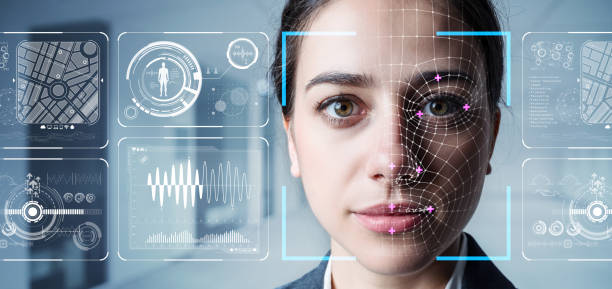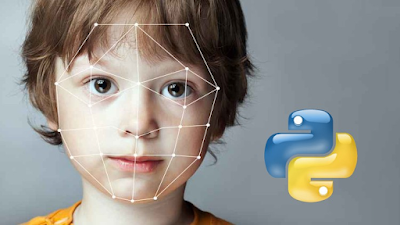Facial Recognition: Applications, Challenges, and Privacy Concerns
Introduction:
In the world today, facial recognition tech has become a hot topic due to its many uses and the possible ways it could affect society. This blog will look at the different ways this technology is used, the problems it brings up, and the big issue of privacy. We'll dig deeper into the complex world of facial recognition tech and how it affects the way we live.
Applications of Facial Recognition:
Security and Surveillance:
Facial recognition is widely used in security and surveillance systems to identify and track individuals in public spaces, airports, and other high-security areas. It enables authorities to enhance public safety, detect suspicious activities, and prevent criminal acts.
Access Control and Authentication:
Facial recognition technology is increasingly being adopted for access control and authentication purposes in various industries. From unlocking smartphones to verifying identities at airports or financial institutions, facial recognition offers a convenient and secure way to grant access and authenticate users.
Personalization and Marketing:
In the realm of marketing and retail, facial recognition is utilized to personalize customer experiences and target advertisements based on demographic information and consumer behavior. Retailers can analyze facial expressions and emotions to gauge customer satisfaction and tailor their marketing strategies accordingly.
Healthcare and Medical Diagnosis:
Facial recognition technology holds promise in the healthcare sector for applications such as patient identification, medical diagnosis, and monitoring. It can assist healthcare professionals in identifying patients, tracking medical history, and even detecting early signs of certain medical conditions based on facial features.
Challenges of Facial Recognition:
Accuracy and Bias:
One of the primary challenges of facial recognition technology is ensuring accuracy and mitigating bias, especially concerning gender, race, and age. Biased algorithms can lead to erroneous identifications and perpetuate discrimination, raising ethical and social concerns.
Privacy and Data Security:
Facial recognition raises significant privacy concerns regarding the collection, storage, and usage of biometric data. There are fears of potential misuse, surveillance abuses, and unauthorized access to sensitive information, necessitating robust privacy regulations and safeguards.
Consent and Consent Management:
The issue of consent is paramount in facial recognition deployments, particularly in public spaces and commercial settings. Individuals may not be aware of facial recognition systems operating in their vicinity, raising questions about transparency, informed consent, and user control over their biometric data.
Real-World Use Cases:
Law Enforcement and Criminal Identification:
Law enforcement agencies use facial recognition technology to assist in criminal investigations, identify suspects, and locate missing persons. While it can aid in solving crimes and enhancing public safety, concerns about accuracy, bias, and civil liberties have been raised.
Airport Security and Border Control:
Facial recognition is increasingly deployed in airports and border checkpoints for automated passport control, immigration screening, and traveler verification. It streamlines the process, reduces wait times, and enhances security but raises privacy and data protection concerns.
Attendance Tracking and Employee Monitoring:
Facial recognition systems are employed in workplaces for attendance tracking, employee monitoring, and access control. While it offers convenience and efficiency, issues related to employee privacy, consent, and data security need to be addressed.
Facial Recognition Code Snippet:
# Import necessary libraries
import cv2
# Load pre-trained face detection model
face_cascade = cv2.CascadeClassifier('haarcascade_frontalface_default.xml')
# Load input image
image = cv2.imread('input_image.jpg')
# Convert image to grayscale
gray_image = cv2.cvtColor(image, cv2.COLOR_BGR2GRAY)
# Detect faces in the grayscale image
faces = face_cascade.detectMultiScale(gray_image, scaleFactor=1.1, minNeighbors=5)
# Draw bounding boxes around detected faces
for (x, y, w, h) in faces:
cv2.rectangle(image, (x, y), (x + w, y + h), (255, 0, 0), 2)
# Display the output image with detected faces
cv2.imshow('Facial Recognition', image)
cv2.waitKey(0)
cv2.destroyAllWindows()
Conclusion:
Facial recognition technology has both benefits and drawbacks. While it can enhance security, ease of use, and innovation, it also raises ethical, societal, and legal concerns. As we explore its potential, it's essential to address these challenges, protect privacy, and employ it responsibly in practice.


Comments
Post a Comment